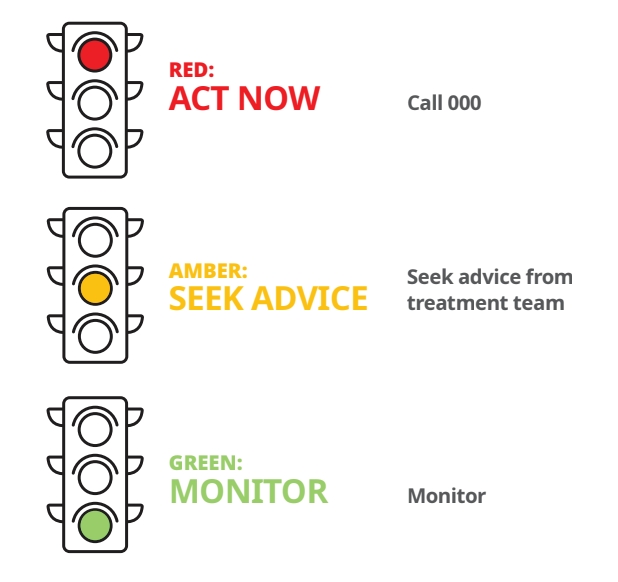Authored by Pfizer Medical Team
Dealing with a cancer diagnosis and understanding the recommended treatment options can be overwhelming. There’s a lot of information to take in. On top of that, the world of cancer therapies is constantly evolving and there may be newer treatment options you haven’t heard of.
To help you navigate the different types of cancer treatment, we have developed videos to provide an overview of major cancer therapy areas. This includes how the treatment works and the role it plays in treating cancer.
Side effects and safety signs
 | Side effects are a normal part of receiving treatment for cancer and it’s normal to worry about them. Some side effects only cause mild discomfort and can be managed at home, while others may be more serious. |
 |
Side effects are a normal part of receiving treatment for cancer and it’s normal to worry about them. Some side effects only cause mild discomfort and can be managed at home, while others may be more serious. |